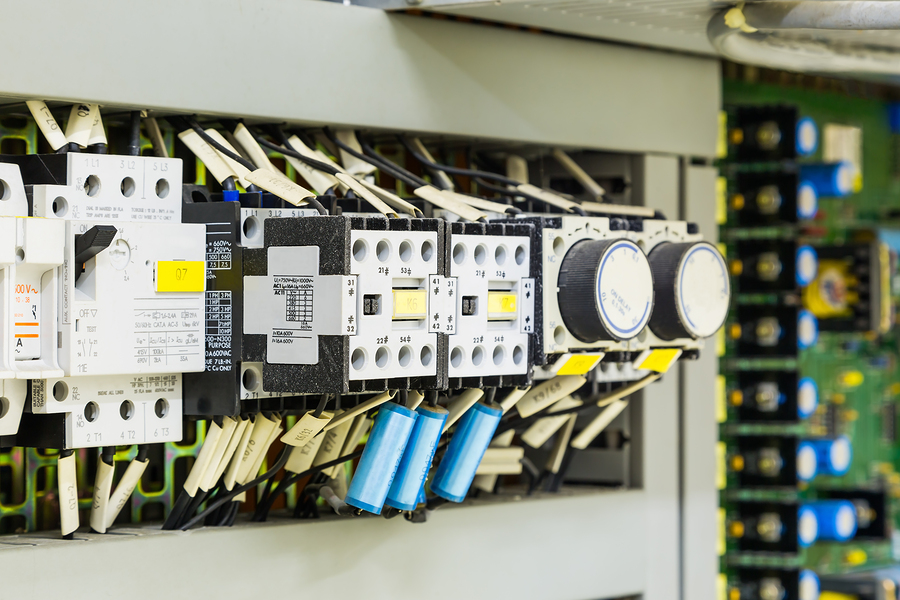Switchgear is vital to many of our daily actions: Using our computers, switching on our lights, and running our businesses. Switchgear may function behind the scenes, but this manufacturing industry sector is seeing rapid growth around the world. What does this expansion mean for the future of switchgear manufacturing and power generation?
What exactly is switchgear?
Understanding what switchgear is and what this industry’s growth means for the future of manufacturing and power generation may help manufacturers make smarter decisions about future investments and product development. Switchgear includes devices used to switch, protect, and control electrical circuits. Circuit breakers, off-load isolators, contactors, and switches are all examples of switchgear.

A growing industry
Switchgear manufacturers are developing new products to meet increasing urbanization and renewable energy demands. As engineers develop smart grids, advanced switchgear manufacturers create corresponding switchgear devices for power and distribution companies. Switchgear is also vital for many manufacturing as well as power company activities.
Because of rising technology demands as well as an increase in global population, urbanization, government subsidies, and an increased demand for advanced switchgear, researchers expect the switchgear industry to grow from $85.4 billion in 2017 to $118.7 billion by 2022 at a compound annual growth rate of 6.8%. Other factors driving this growth include continued smart grid and IoT technology developments. Better access to electricity in the developing world is further fueling demand for switchgear. In addition to subsidies, government officials are also providing tax waivers to manufacturers developing switchgear for electrical grids.
Mitsubishi Electric Corporation, ABB, Schneider Electric, Siemens, and Toshiba Corporation are top players in the switchgear market and, therefore, poised to see the most growth with future industry expansion. Low-voltage switchgear is predicted to continue enjoying the highest growth rate, spurred by the Asia-Pacific region — the largest switchgear manufacturing market, followed by Western Europe and Africa. The fastest manufacturing growth is expected to come from Eastern Europe in the future, closely trailed by the Asia-Pacific region.
Switchgear manufacturers and raw materials providers as well as power company and global government leaders may soon invest in these regions, providing employment and revenue in the process. Due to the growing market, manufacturing leaders will also be better able to make choices around IoT-connected switchgear product development. With an ever-increasing demand for switchgear in manufacturing facilities and power grids, the market will likely continue to expand globally as new products enter the scene.
